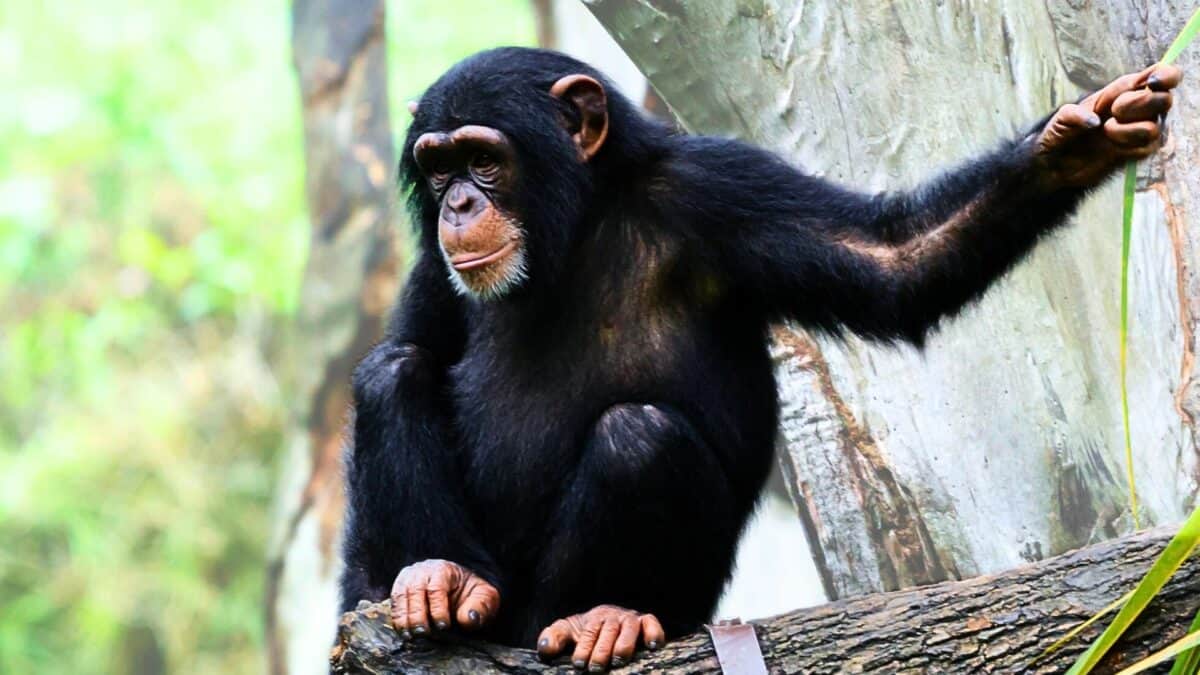The use of tools was once believed to be a unique trait of humans, a mark of advanced intelligence and a pivotal step in our evolutionary journey. However, numerous studies over the past few decades have revealed that we share this impressive skill with a range of animal species. From the depths of the ocean to the dense tropical forests, tool use among animals is a fascinating subject that highlights the inherent intelligence and adaptability of life’s diverse forms. This article sheds light on 11 animals that exhibit this remarkable ability, demonstrating that using tools is not solely a human domain.
Chimpanzees: Our Closest Relatives

Chimpanzees are often observed using tools, making them the quintessential example of a non-human species displaying this behavior. In the wild, they have been seen crafting sticks to fish termites out of mounds or using stones to crack open nuts. This behavior showcases their ability to not only use but also modify tools according to their needs.
Sea Otters: Masters of Marine Monkeys

With their playful yet skillful demeanor, sea otters are well-known for using rocks to break open shellfish. Floating on their backs in the water, they place a rock on their chest and swiftly smash hard shells to access the tasty insides. This method not only demonstrates their tool-using capability but also their dexterity and problem-solving skills.
New Caledonian Crows: Aviary Artisans
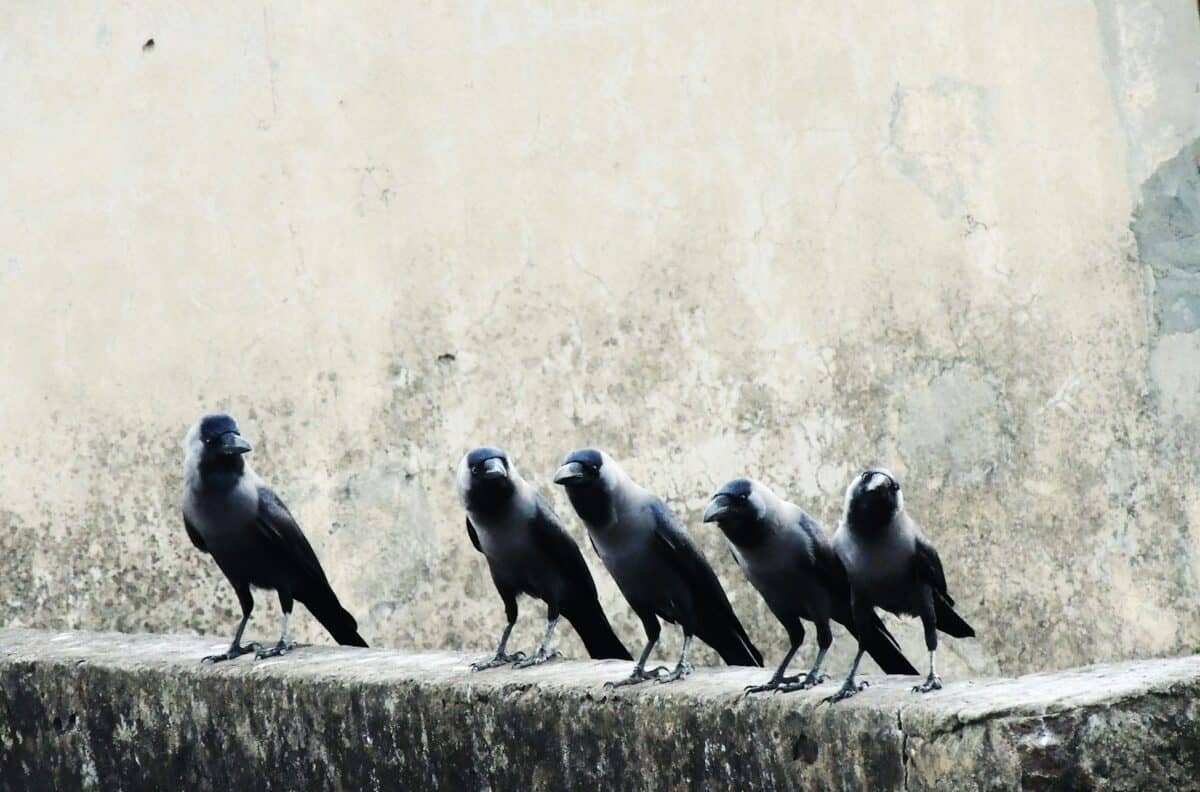
Perhaps one of the most studied bird species in terms of tool use, New Caledonian crows display remarkable intelligence. These birds are known for crafting hooks from twigs and leaves to probe for insects within tree bark. Their ability to create complex tools from raw materials is one of the closest parallels to human craftsmanship in the animal kingdom.
Bottlenose Dolphins: Intelligent Innovators
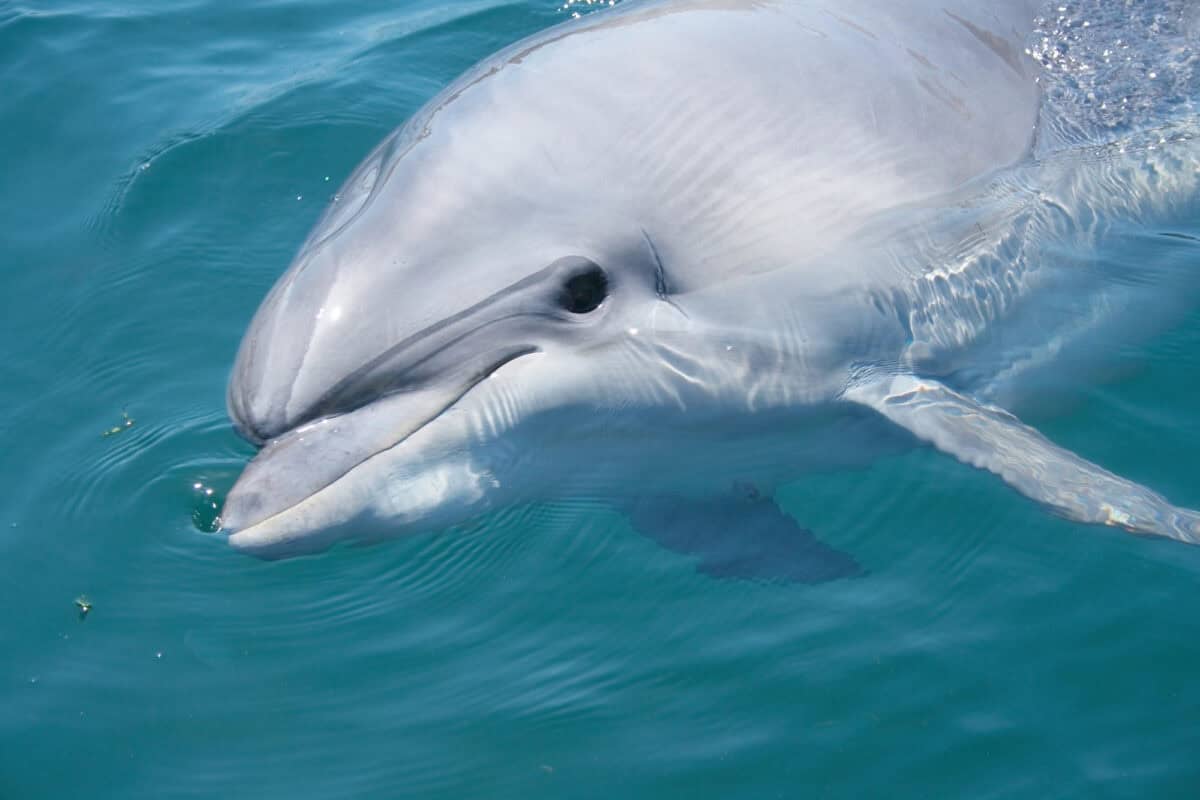
Bottlenose dolphins have been observed using sea sponges to protect their snouts while foraging along the ocean floor. This not only prevents injury but also aids their hunting efficiency. Such behavior indicates advanced planning and understanding of their environment, showcasing their intelligence and resourcefulness.
Elephants: Gentle Giants with Ingenious Minds

Elephants, with their large brains and incredible memory, are no strangers to tool use. They have been observed using sticks to scratch themselves in hard-to-reach areas and modifying branches as fly swatters. This behavioral flexibility underlines their cognitive sophistication and ability to problem-solve creatively.
Octopuses: Cephalopod Engineers

Octopuses are renowned for their intelligence, and their tool-use capabilities further attest to this. Some species, like the veined octopus, have been seen collecting coconut shells and assembling them as portable shelters. This innovative behavior exemplifies foresight and environmental manipulation in marine settings.
Ravens: Clever Corvids
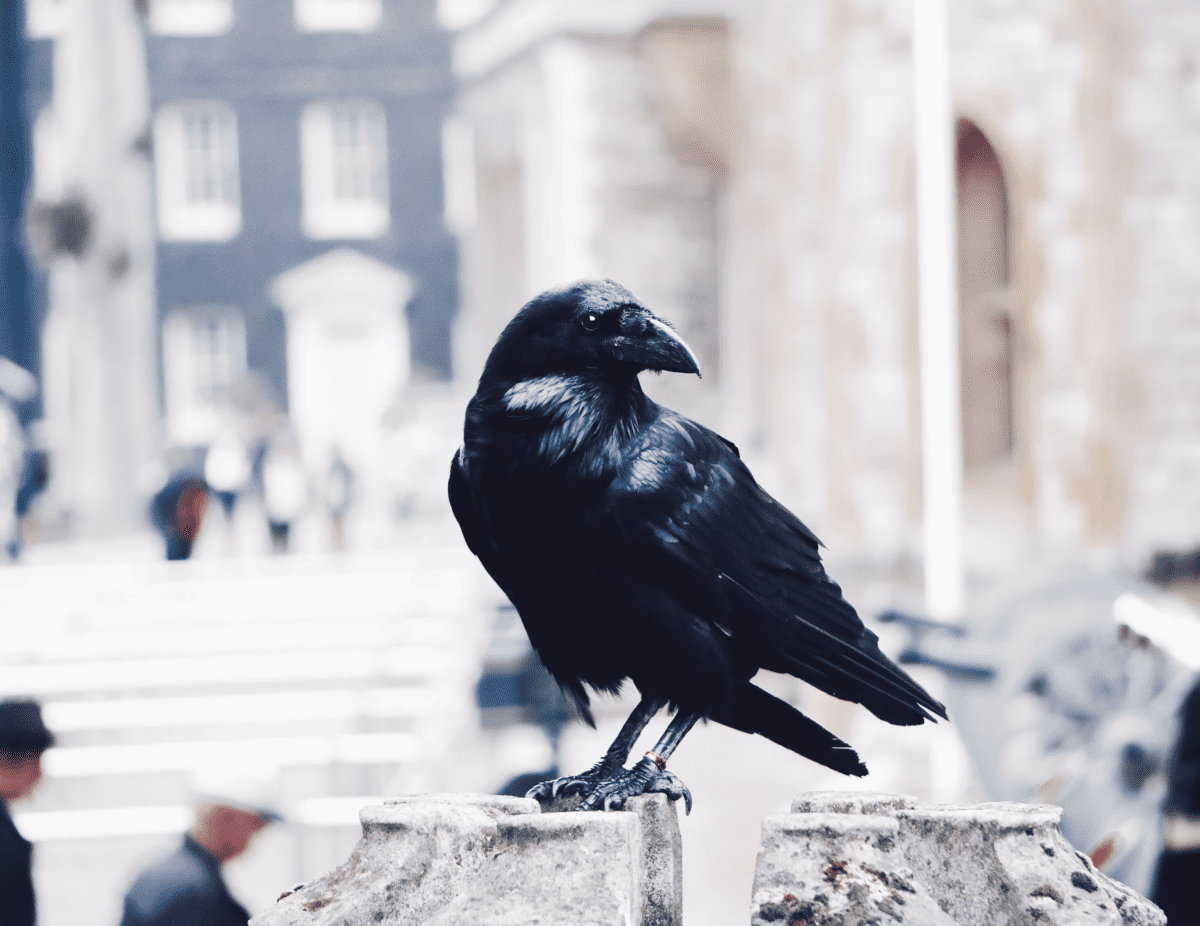
Ravens, like their crow relatives, display an impressive array of problem-solving capabilities. They have been spotted manipulating sticks and rocks to extract food and even dropping nuts onto roads for cars to crack open. Such strategic use of available resources highlights their adaptability and intelligence.
Capuchin Monkeys: Dexterous Manipulators
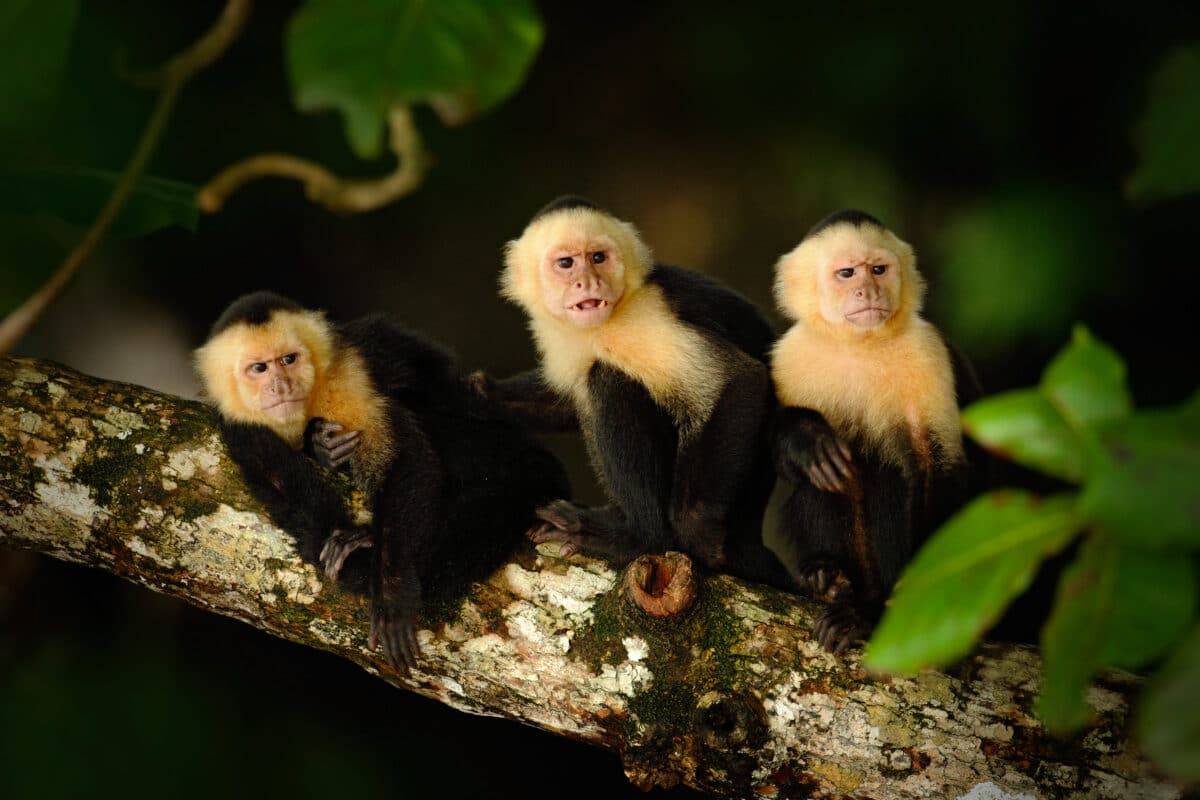
Capuchin monkeys, often labeled as the brainiest New World monkeys, use stones to crack nuts and modify branches as tools for trapping insects. Their ability to learn from one another and improve tool efficacy over time points to sophisticated social learning and cognitive functions.
Woodpecker Finches: Adaptive Foragers

Native to the Galápagos Islands, woodpecker finches are adept at using twigs and cactus spines to extract insects from tree bark. This tool-wielding behavior is especially remarkable given their isolated ecosystem, emphasizing the adaptability required for survival in unique environments.
Gorillas: Thoughtful Problem Solvers

Though less commonly observed using tools than their primate cousins, gorillas have been seen employing sticks to gauge water depth or stabilizing themselves while crossing swampy terrain. These instances demonstrate their ability to understand and interact effectively with their environments.
Galah Cockatoos: Playful Problem Solvers
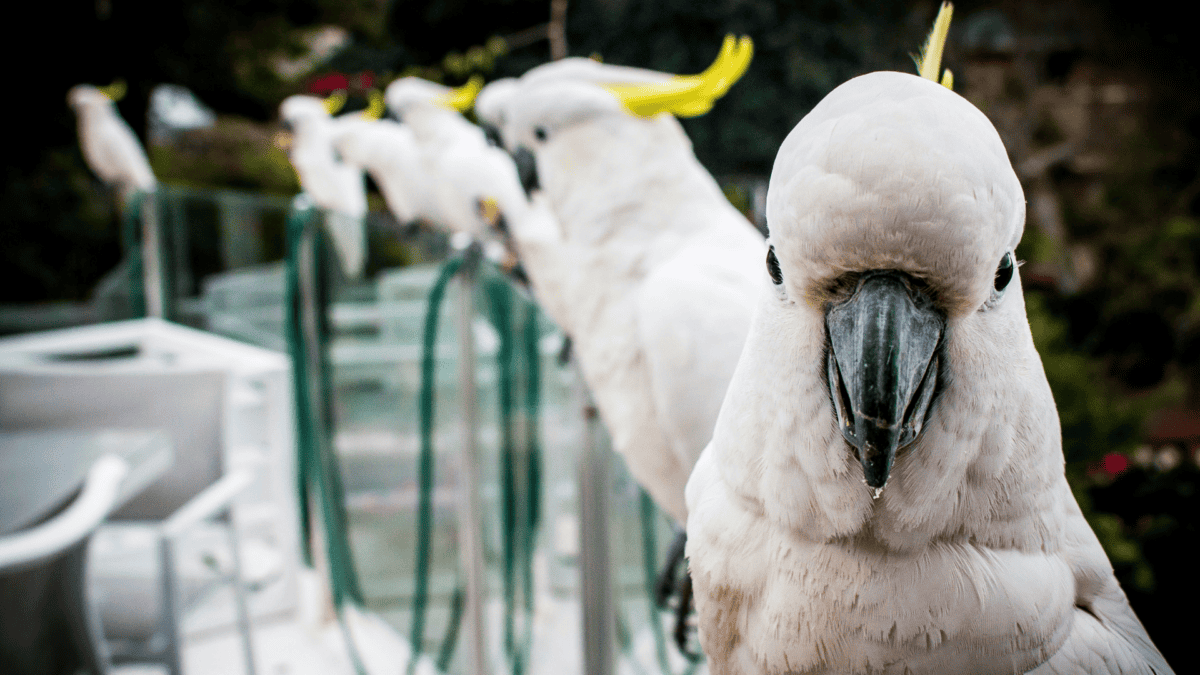
Galah cockatoos have been noted using seeds as tools to aid in reaching difficult spots in cracks and crevices. This clever use of available materials shows their problem-solving abilities and adaptability in exploiting their habitat for feeding and survival.
Conclusion: Intelligence Beyond Our Expectations

These examples of animal tool use challenge our perceptions of intelligence and cognition within the animal kingdom. They illustrate that the capacity to manipulate the environment with tools is a shared trait among various species, pointing to a broader, interconnected eco-intelligence. As we continue to study and learn from these remarkable creatures, we are reminded of the diversity and adaptability of life on our planet, encouraging us to reflect on our place within the natural world. Understanding and appreciating these abilities can foster a deeper respect for the complex forms of life that share our planet.
- The Largest Wolf Ever Recorded Was the Size of a Pony - August 22, 2025
- This Bird Has the Largest Wingspan of Any Living Creature - August 22, 2025
- The Brightest Supernova Ever Recorded Is Visible Again - August 22, 2025

